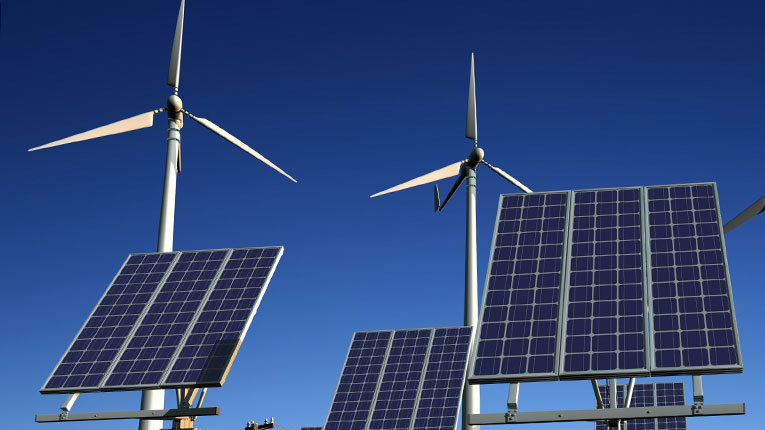Renewable energy production capacity installed in 2023 increased by 50% compared to 2022, the International Energy Agency (IEA) announced on Thursday, which expects an unprecedented growth rate in the coming years, even if it will be insufficient compared to global warming global, reports AFP.
Nearly 510 gigawatts of new renewable energy production capacity was installed last year, up from 340 gigawatts in 2022, the IEA said in its “Renewables 2023” report published on Thursday. Three quarters of the new installations were in the field of photovoltaic energy.
According to the IEA, China was the main driver of this growth, with installed PV capacity in China last year being similar to that installed worldwide in 2022. In addition, installed wind capacity in China grew by 66% in 2023 compared to 2022, according to Agerpres.
“Increasing renewable energy production capacities in Europe, the US and Brazil have also reached unprecedented levels,” the IEA report claims.
“Under current policies and market conditions, global renewable capacity is set to multiply 2.5 times by 2030. It is still not enough to meet the COP28 target of tripling renewables, but we are getting close and governments have the tools to cover the gap,” concluded IEA director, Fatih Birol.
According to Birol, onshore wind and photovoltaic installations are currently cheaper than new fossil fuel plants in most countries. “The most important challenge for the international community is the rapid expansion of financing and deployment of renewables in most emerging economies. Success in achieving the goal of tripling renewable capacities will depend on this,” Fatih Birol added.
The International Energy Agency is the main energy advisory body of the 29 most developed countries. The agency was established in response to the first oil shock of 1973-1974, to coordinate the release of oil from reserve stocks.
